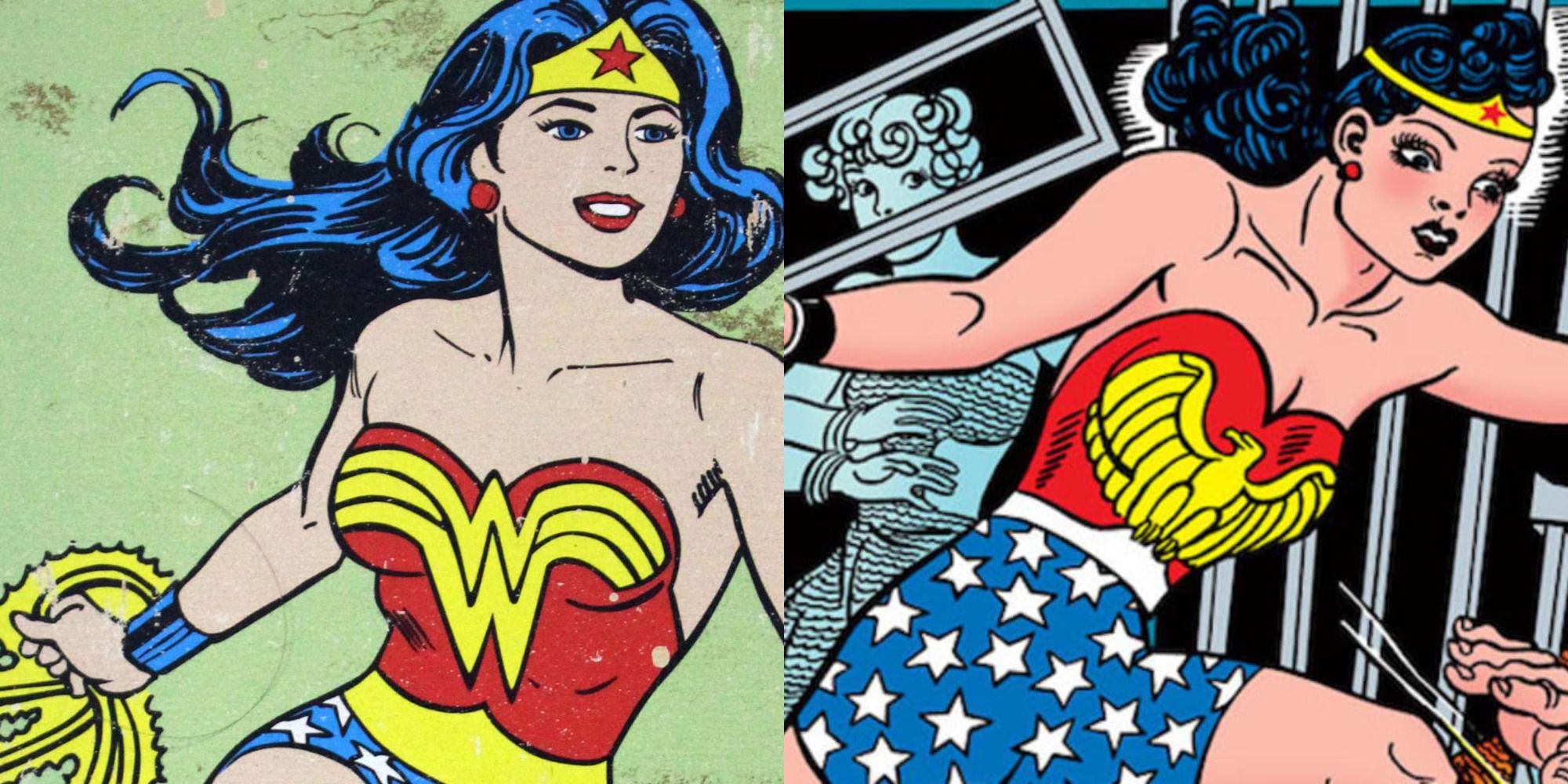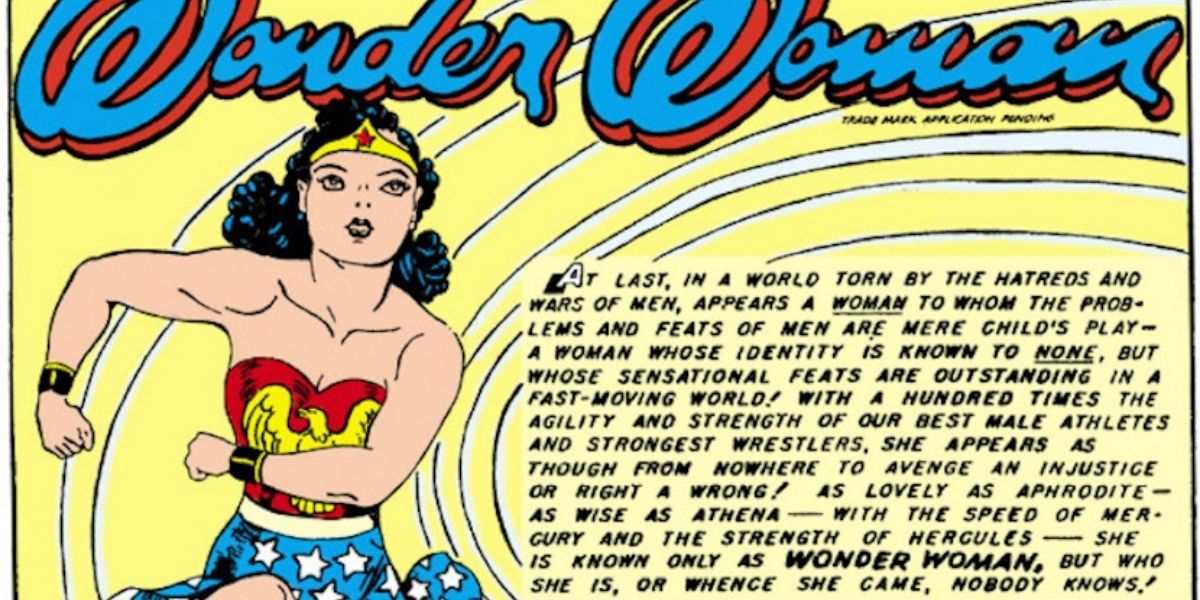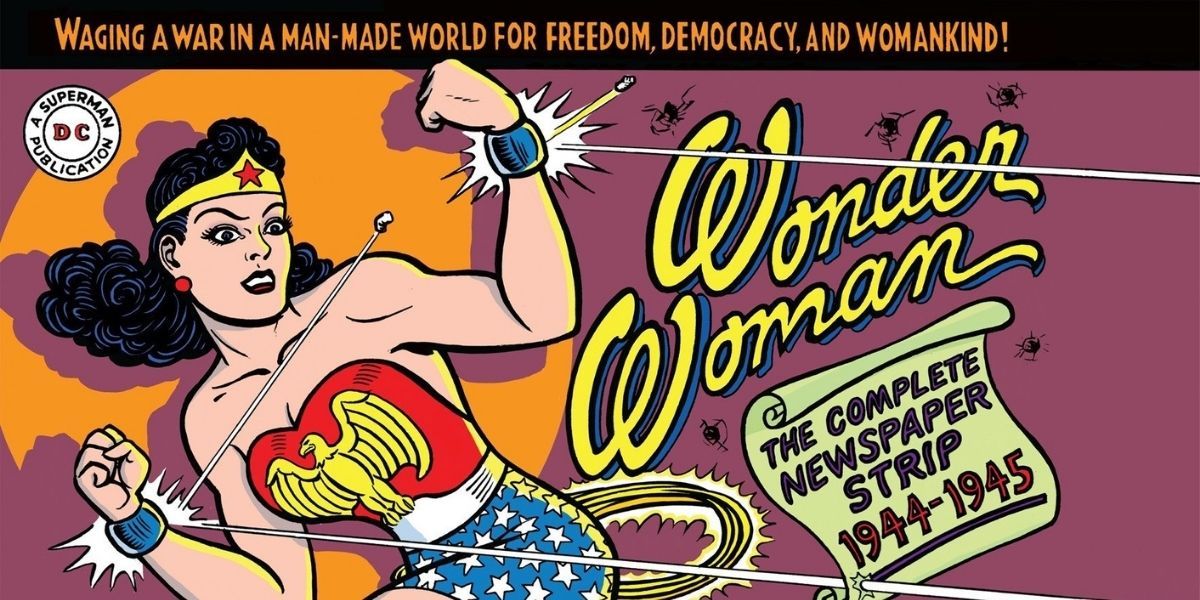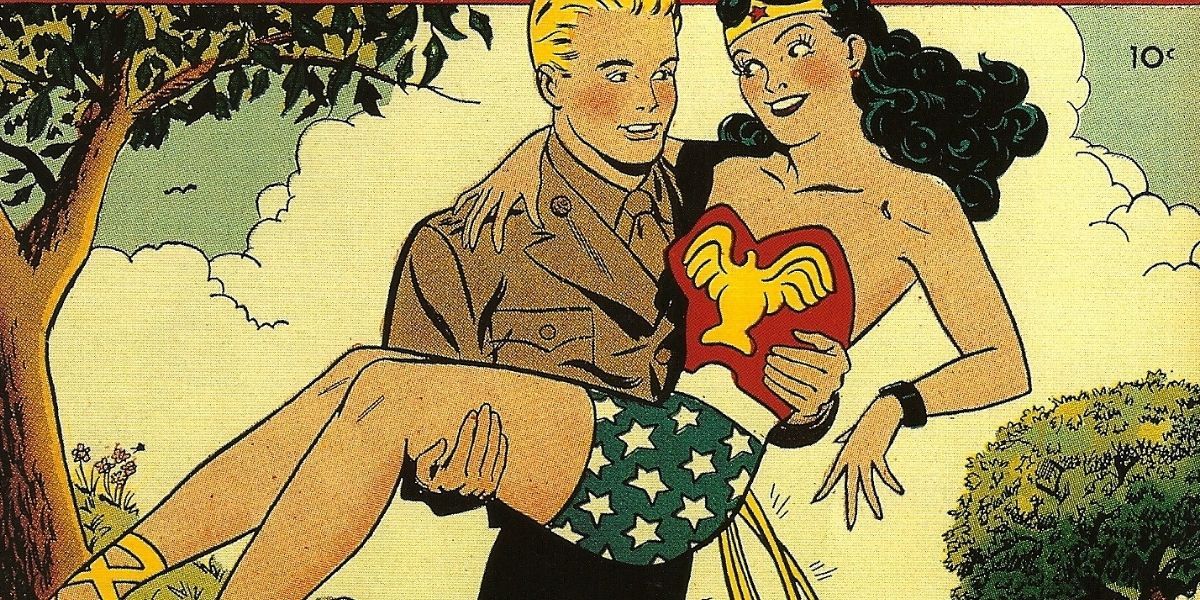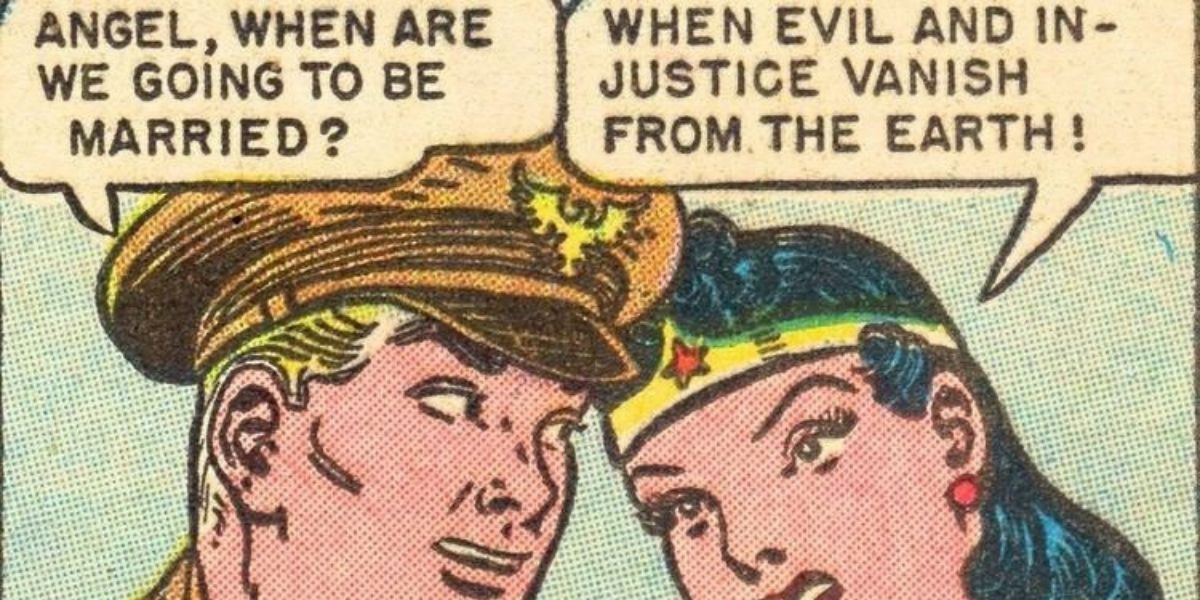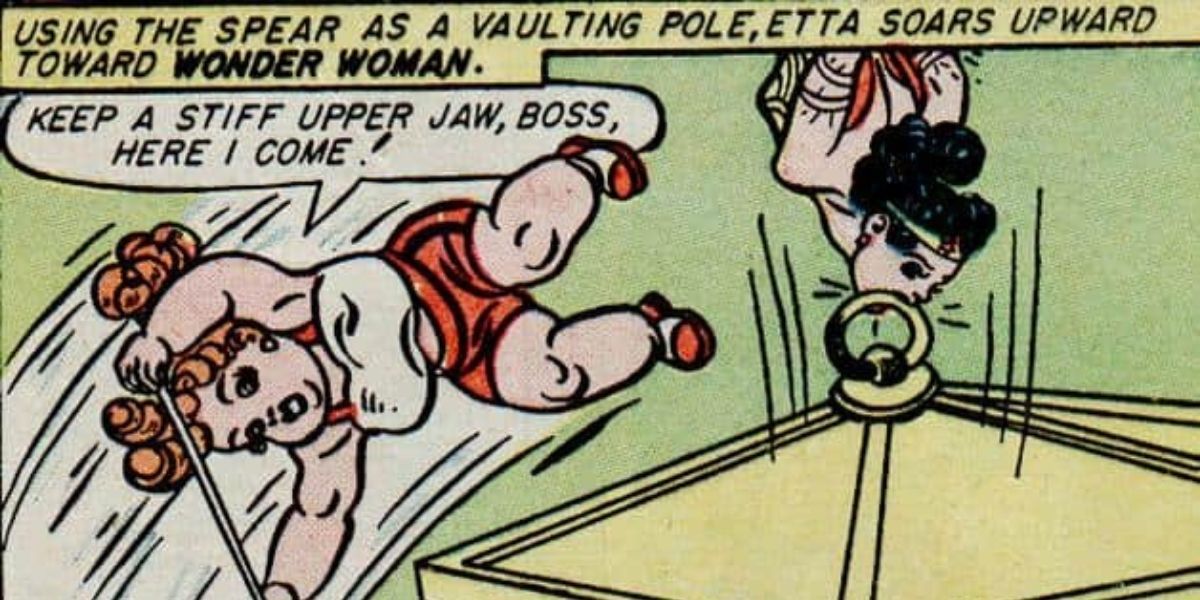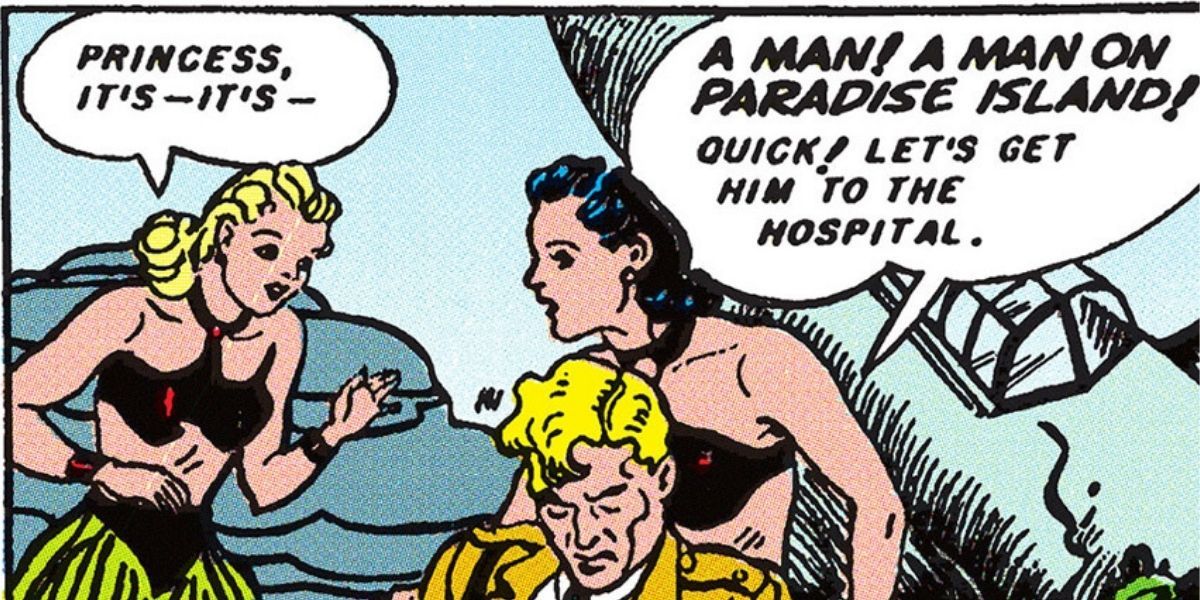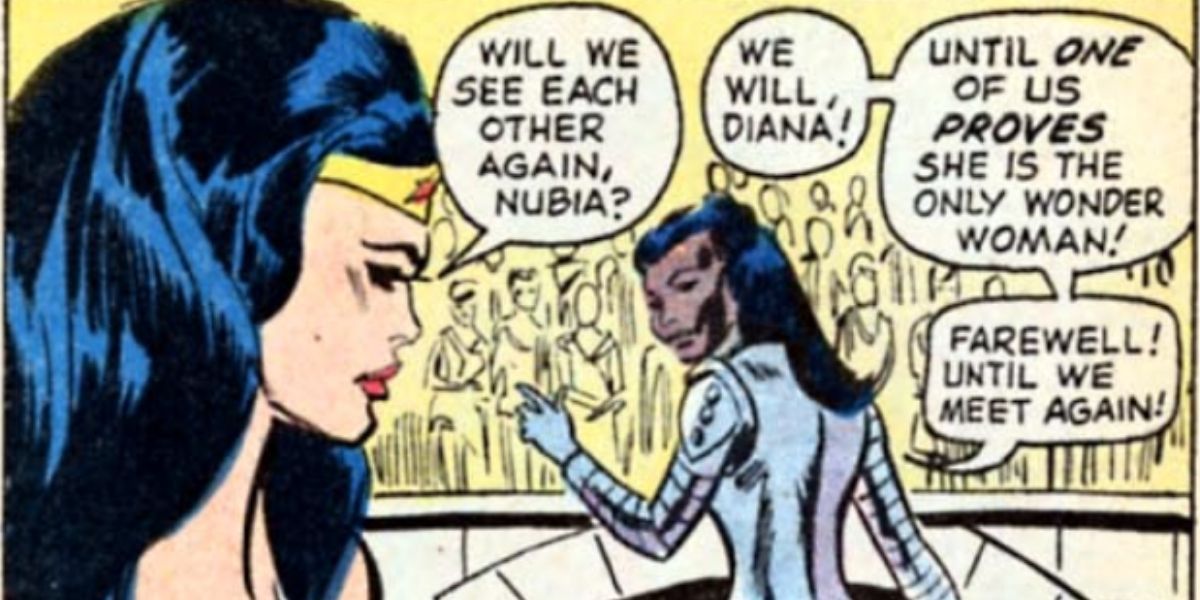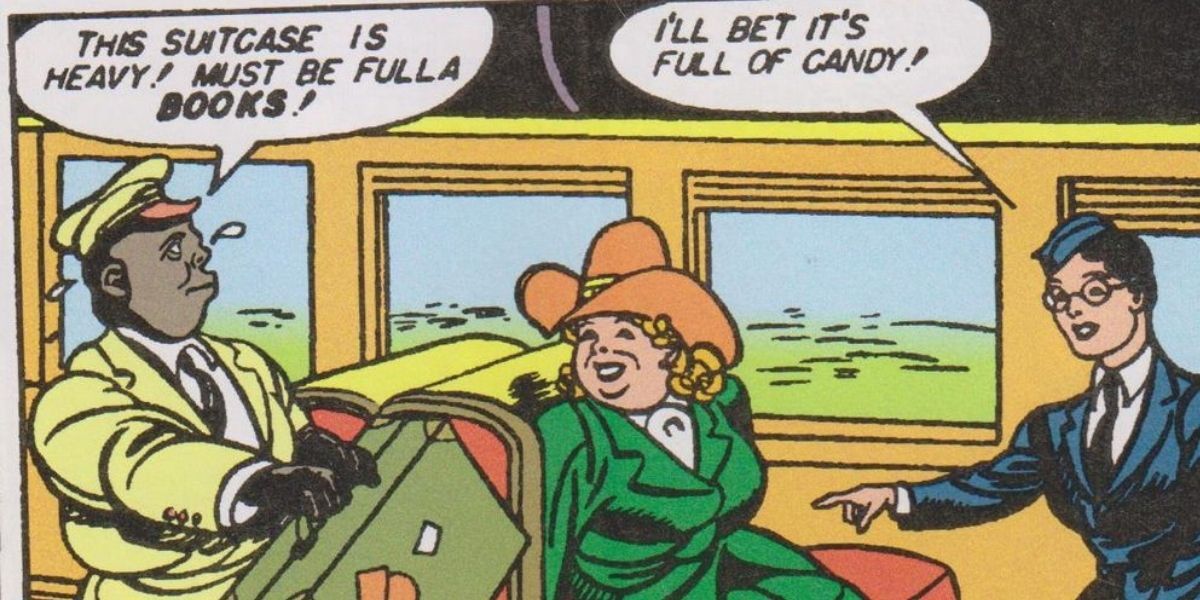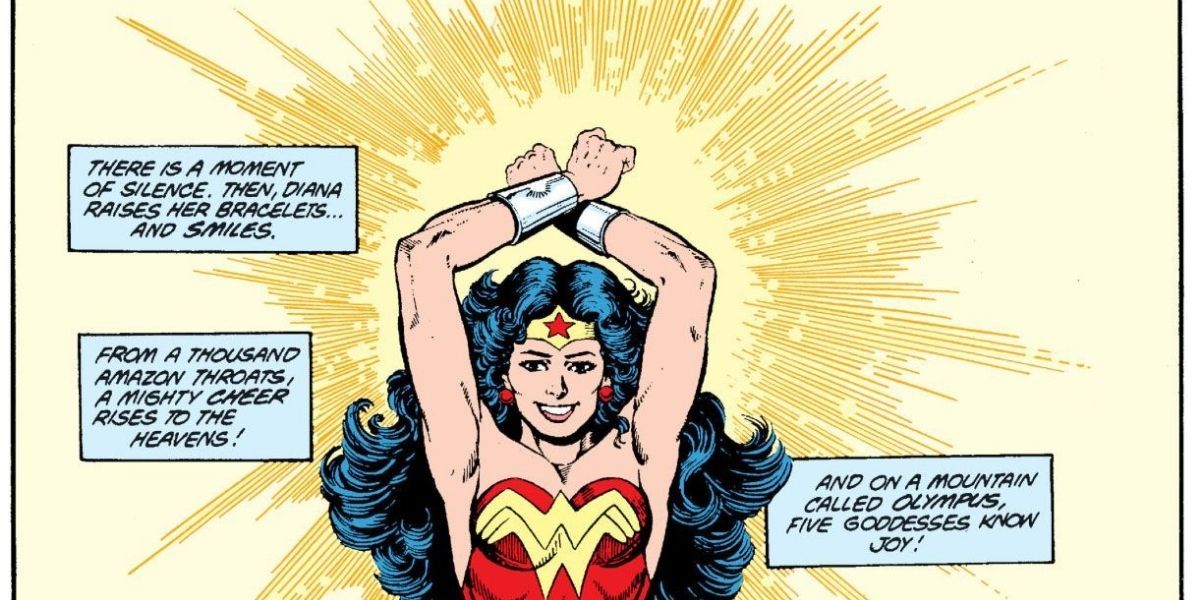Content Warning: This article contains discussions of harassment and racism.
From the moment Wonder Woman debuted in 1941, the character fought against the darkest of evils and stood for the noblest causes. Since then, Princess Diana of Themyscrica has gone on to become a feminist icon and cultural touchstone, inspiring millions of readers and fans to fight for the betterment of humankind.
But just because Diana is a progressive character, doesn't always mean that the comics she was featured in weren't a sign of their times. There are many outdated and offensive elements featured in the earlier issues of Wonder Woman's stories that go against the inclusive modern ideals of today and the very things Diana fights for.
Good: Gender Equality
In her first appearance, Diana is said to have the speed of Mercury and the strength of Hercules, showing that her physical abilities are on par with her male counterparts. She excels in combat and is frequently shown to best her male opponents in battle.
Even in the 1940s, when feminism was brought up through the characters' narration or dialogue in the books, it was always in a progressive way and no one is shown to object. If a character does go against this, it is almost always framed negatively or said by a villain.
Bad: Expository Writing
This writing style isn't specific to just Wonder Woman's comics, but a style of the time. For some modern readers, this made find it hard to get through as there is a lot of third-person narration, which details what the characters are doing as they're doing it and even has the character themselves say what they just did.
This style can be quite redundant, especially since comics are a unique blend of written and visual mediums, with the ability to show things happening so there shouldn't really be a need to solely rely on words to convey things to the reader.
Good: Steve Trevor
The Lois Lane to Diana's Superman, Steve Trevor is a staple in Wonder Woman stories. He is a capable love interest and is never made out to be a male "damsel in distress" to make Diana look more heroic.
He recognizes and appreciates Diana's power and never thinks less of her for being a woman, even in time periods when sexism and misogyny were more commonplace. He and Diana work well together romantically and professionally, with her warrior nature and his spy training creating a complementary dynamic.
Bad: Harassment
Steve Trevor is a man of integrity, yet some authors have written him in a way that modern audiences would not appreciate. For instance, in the 1958 issue titled "Top Secret," Steve is so in love with Wonder Woman that he pressures her into a deal, much to Wonder Woman's protest. He gives her three chances to hide, saying he'd be able to find her anywhere.
If Steve wins, they must get married. She discovers Steve has been cheating and ultimately outsmarts him by changing into Diana Prince, to whom Steve pays little mind. Nevertheless, Steve's behavior did make for an uncomfortable read and shows some outdated characterization.
Good: Etta Candy
If Steve is Diana's Lois Lane, then Etta Candy is her Jimmy Olsen. A helpful, sometimes clumsy sidekick with no superpowers, Etta does her best to save the day however they can. She debuted in 1942 and has been a mainstay in Wonder Woman stories ever since.
She also provides great body positivity representation for plus-size characters. Etta showed that you don't need to look a certain way to be confident and heroic.
Bad: Falling In Love
In her first appearance, Diana rescues Steve on Themyscira and while he is comatose and being cared for on the island, she "falls in love" with him. She insists on being the Amazon's representative on Earth, partly to help bring Steve back home and continue to look after him there.
Diana certainly takes agency and is determined to prove herself worthy enough to be the Amazon's fiercest warrior. However, doing it all for a man she doesn't even know, is antiquated, to say the least.
Good: Phillipus And Nubia
The Amazons of Themyscira are a diverse group of women but there wasn't too much racial diversity in the earliest iterations of Themyscira. However, this all began to change in the 1970s when Nubia was introduced as a sister to Diana. She was trained by Ares in combat and has become a loyal ally to Diana.
After Nubia, fans also saw the introduction of Phillipus in the 1980s, who began as Queen Hyppolita's protector and Diana's mentor. She later served as Themyscira's chancellor after Hyppolita's death. These noble and mighty women provide necessary and refreshing representation in these earlier stories.
Bad: Racial Stereotypes
People of color weren't always treated with the most care or respect in older comic books. Different creators and writers may have been more progressive when wanting to introduce characters of color into the universe, but they weren't written or drawn the same way as their white counterparts.
Harmful stereotypes were often played up in the character design, fictional backstory, and the way a character spoke. Although things have gradually begun to change for the better, and more respectful representation is being celebrated, there is still a long way to go.
Good: Gender Expectations
One might imagine that female characters love and are inspired by Diana, while male characters either objectify her or feel emasculated by her. Surprisingly, earlier comics showed that this expectation is not always accurate, and proves the complexities of gender representation.
Some female characters in these stories don't like Diana and even criticize the way she dresses, whereas some male characters truly see her as a beacon of strength and hope, regardless of gender. This is refreshing to see in earlier comics when gender stereotypes were much more prevalent and encouraged.

